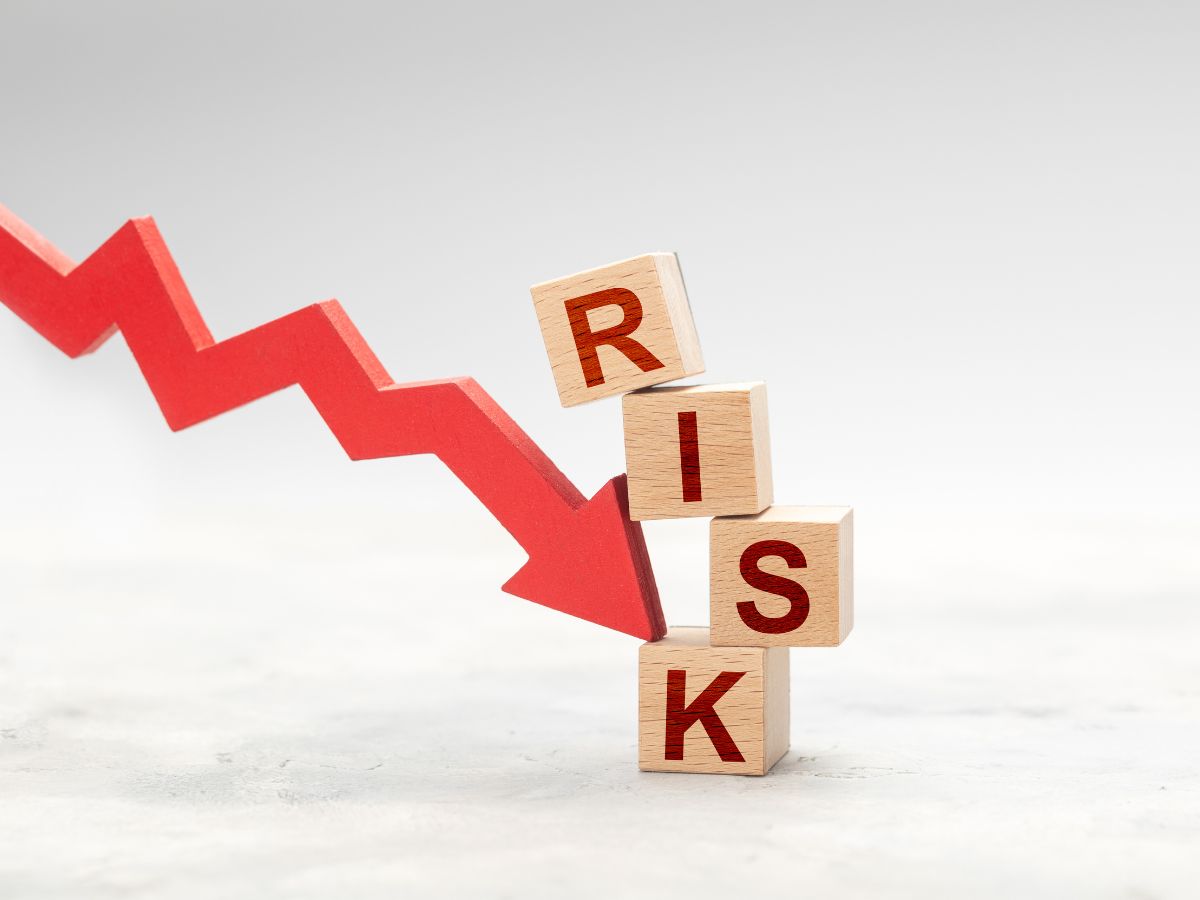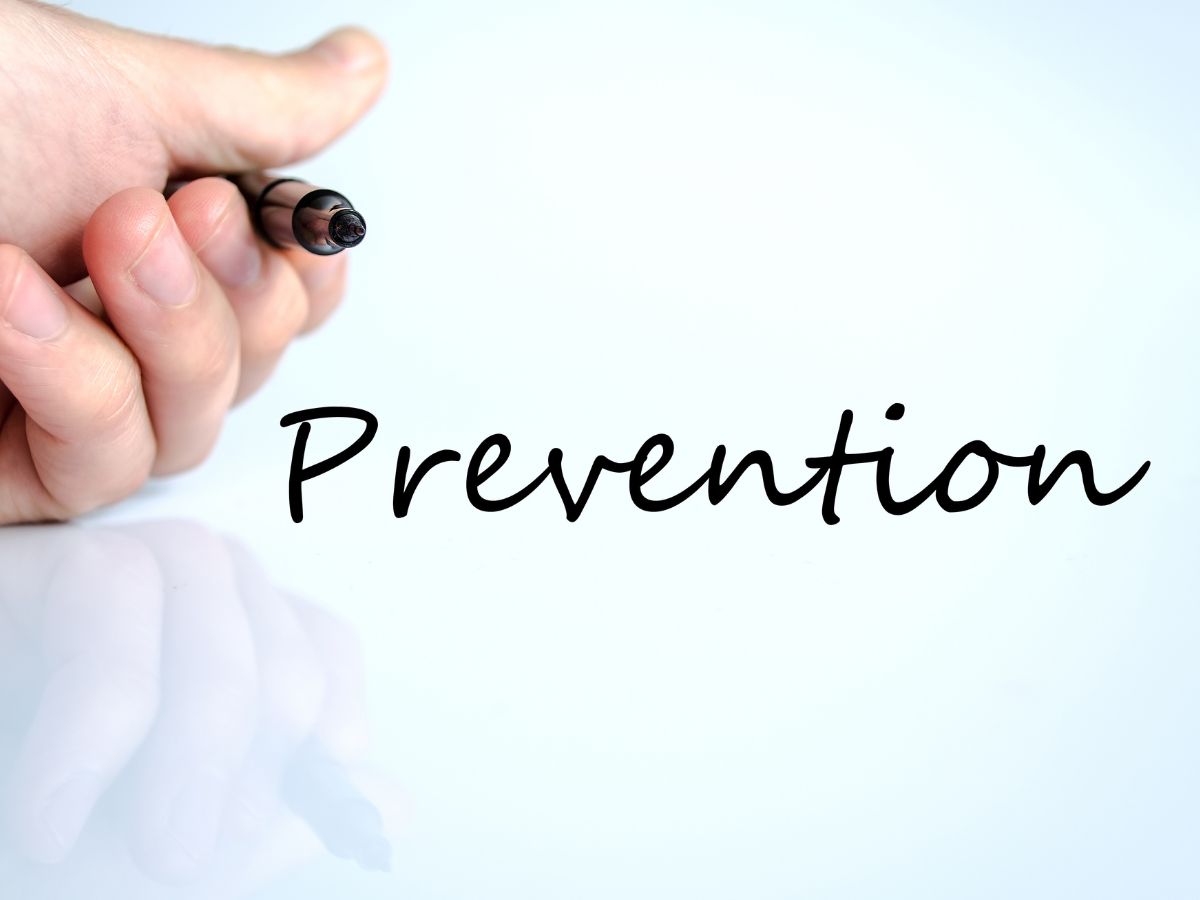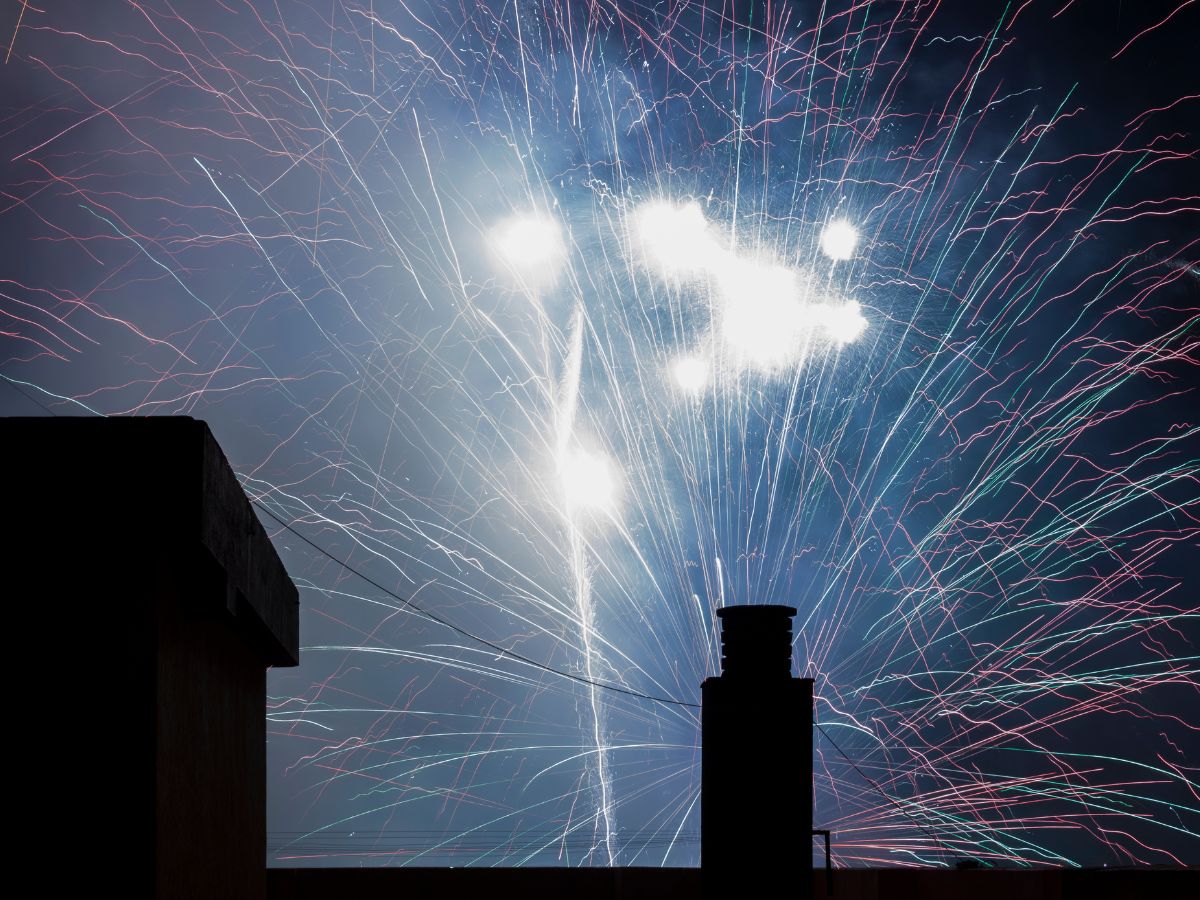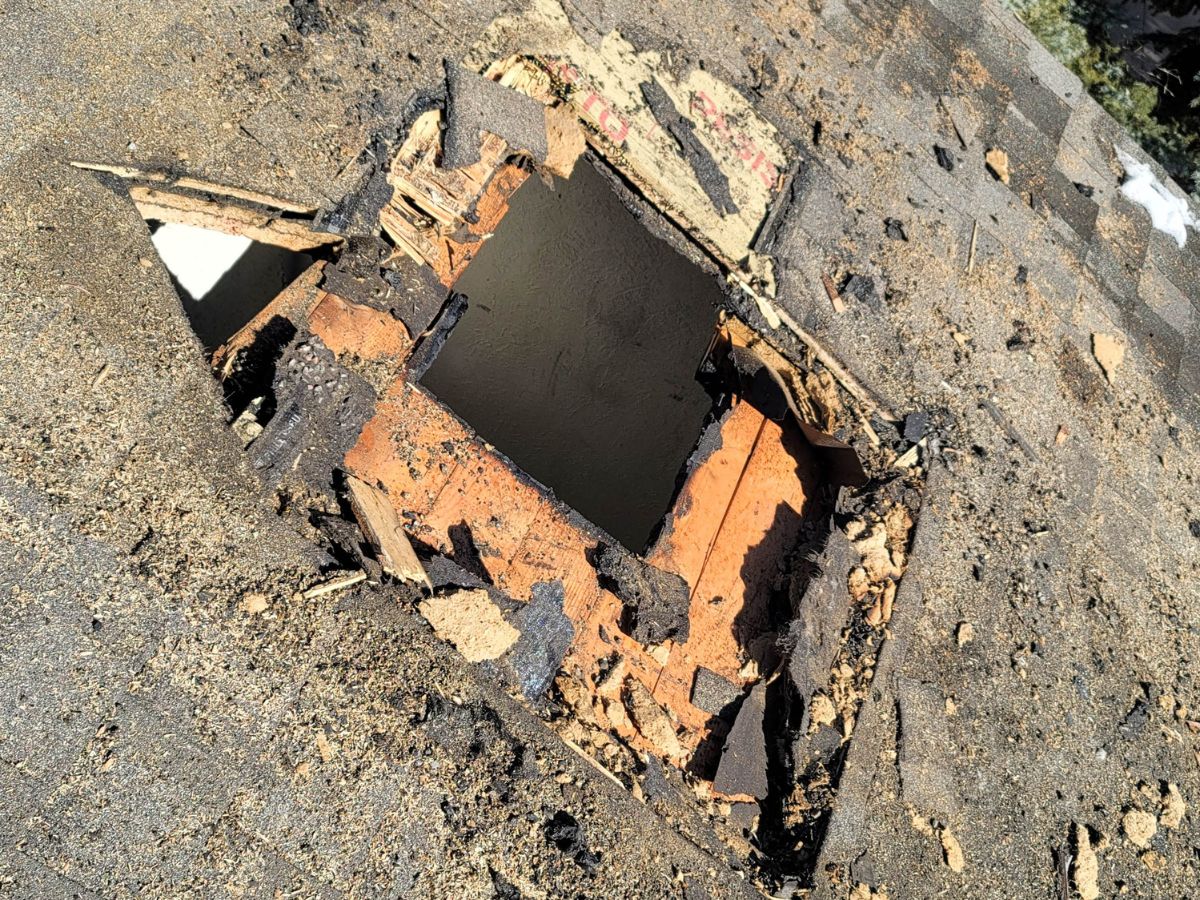Fireworks falling on rooftops create major dangers. They can instantly start fires. They might also harm the building’s structure. Minor debris can ignite and weaken roof integrity over time. Things that can catch fire easily make it more likely for a fire to start. Because of this it’s important to do regular maintenance to reduce these risks. Using fire resistant roofing materials can greatly reduce the risk of ignition from fireworks or stray embers. Homeowners should conduct thorough inspections and keep roofs clear of debris. Understanding the effects of fireworks on roofing materials can further enhance safety. There are more important prevention strategies and considerations to explore.
Key Takeaways
- Fireworks can ignite minor debris on roofs, leading to potential fires and extensive structural damage.
- Repeated exposure to fireworks weakens roofing integrity, increasing the risk of future leaks and costly repairs.
- Accumulated debris, such as ash, can trap moisture, fostering mold growth and further damaging the roof.
- Unchecked firework damage may result in unnoticed cracks or holes, compromising the roof’s protective barrier against the elements.
- Regular inspections are essential to identify and address vulnerabilities, preventing dangerous fire hazards and maintaining roof longevity.
The Risks of Fireworks on Roofs and How to Prevent Damage

Every year, countless fireworks are launched into the sky, creating spectacular displays that many enjoy. However, the aftermath can pose significant risks, particularly when fireworks land on roofs. Fireworks on roofs can lead to immediate dangers, including potential fires and structural damage to roofing materials.
Homeowners must recognize that even minor debris can ignite and cause extensive damage, particularly if flammable materials are present. Additionally, repeated exposure to fireworks can weaken roof integrity over time, resulting in costly repairs.
To prevent such hazards, it is essential for homeowners to regularly inspect their roofs after celebrations, ensuring that any remnants are safely removed. Utilizing fire-resistant roofing materials can enhance safety, reducing the risk of ignition and promoting a sense of security.
Best Roofing Materials for Fire Resistance Against Fireworks

Selecting the right roofing materials can significantly enhance a home’s fire resistance, particularly in areas prone to fireworks displays. Homeowners should consider the best fire resistant roofing material to safeguard their property. Options like metal, slate, and clay tiles offer excellent fire protection, ensuring that roofs can withstand the risks associated with falling fireworks.
| Roofing Material | Fire Resistance Rating |
| Metal | Class A |
| Slate | Class A |
| Clay Tiles | Class A |
These materials not only provide the best roof for fire protection but also add aesthetic appeal and longevity to a home. By investing in fire-resistant roofing, homeowners can serve their communities better by reducing the potential for fire hazards during festive celebrations. Ultimately, choosing the right material is a proactive step towards safeguarding homes against the unpredictable nature of fireworks.
Regular Roof Maintenance Helps Prevent Firework Damage

Although fireworks can bring joy and celebration, regular roof maintenance is essential to mitigate the risks associated with these events. Homeowners must prioritize inspections to identify potential vulnerabilities that could lead to severe damage.
Accumulated debris, such as spent fireworks or flammable materials, increases the risk of fire and structural integrity loss. Understanding what materials are fire resistant can guide homeowners in selecting appropriate roofing options that enhance safety.
Regular maintenance not only addresses immediate risks but also extends the lifespan of the roof, protecting the home from costly repairs. Additionally, proactive measures, such as cleaning gutters and ensuring proper drainage, play a vital role in preventing fire hazards.
Steps to Prepare Your Roof for Firework Season

As firework displays become a common part of summer celebrations, homeowners should take proactive steps to prepare their roofs for potential hazards.
First, conducting a thorough inspection can help identify vulnerabilities, such as loose shingles or debris accumulation. Clearing the roof of leaves and branches reduces the risk of fire igniting from stray sparks.
Next, homeowners should ensure gutters are clean and free-flowing, as clogged gutters can trap debris and increase fire risks. Installing spark-resistant roofing materials may also be beneficial in mitigating damage from fireworks.
Additionally, having a fire extinguisher readily available near the house is a wise precaution. Educating family members about the importance of roof safety during firework season fosters a culture of vigilance.
The Effect of Fireworks on Various Roofing Types

Roofing materials can react differently to the impact of fireworks, making it important for homeowners to understand the specific risks associated with each type.
Asphalt shingles, commonly used for their affordability, can become singed or cracked when exposed to falling sparks, leading to potential leaks.
Metal roofs, while fire-resistant, may still suffer from dents and scratches, which can compromise their protective coating over time.
Tile roofs, known for their durability, can crack under heavy impacts from fireworks debris, risking water intrusion.
Meanwhile, wooden roofs are particularly vulnerable; even a small ember can ignite a fire, posing significant danger to the entire structure.
Understanding these variations helps homeowners take proactive measures, ensuring their roofs remain safe and intact after fireworks displays.
Regular inspections and maintenance can mitigate potential damage, providing peace of mind during celebratory events and safeguarding properties for the future.
Signs of Firework Damage You Shouldn’t Ignore

After a fireworks display, homeowners should be vigilant for signs of potential damage to their roofs. Ignoring these indicators can lead to costly repairs and safety concerns.
It is essential to conduct a thorough inspection to identify any issues that may have arisen from falling fireworks.
Homeowners should look for the following signs:
- Burn marks or discoloration on roofing materials
- Cracks or holes in shingles or tiles
- Loose roofing materials that may have been dislodged
- Accumulation of debris, such as ash or remnants of fireworks
- Unusual leaks or water stains on ceilings
Addressing these signs promptly can prevent further damage and ensure the longevity of the roof.
Frequently Asked Questions
What materials are fire resistant?
The most fire-resistant roofing materials include metal, slate, and clay tiles, all of which carry a Class A fire resistance rating. These materials are ideal for areas where fireworks are common, as they are less likely to ignite or suffer damage from falling sparks or embers.
How long can fireworks damage my roof before I notice it?
Fireworks damage may not be immediately obvious. Burn marks, cracked shingles, or weakened areas can develop over time, especially with repeated exposure. Without inspection, issues like leaks or structural weakening could take weeks or even months to become noticeable, which is why regular checks are essential after firework events.
How can I inspect my roof for damage after fireworks?
Start by visually checking for burn marks, dislodged or cracked shingles, and leftover debris such as fireworks remnants or ash. Use binoculars or a drone for a safe view from the ground. If possible, hire a professional roofer to conduct a thorough inspection, especially if you notice new leaks or ceiling stains after a fireworks display.
Should I replace my roof if it has been exposed to fireworks frequently?
If your roof has frequent firework exposure, particularly if it’s made from asphalt or wood, replacement may become necessary sooner than expected. Repeated exposure can degrade materials, increase fire risk, and shorten your roof’s lifespan. Upgrading to fire-resistant roofing like metal or tile can offer better long-term protection.
Final Thoughts
Fireworks may be a festive delight, but their impact on your roof can be serious if left unchecked. From immediate fire hazards to long-term structural wear, even minor debris poses significant risks—especially to roofs made of flammable or fragile materials. Homeowners can protect their property by choosing fire-resistant roofing, conducting regular inspections, and clearing debris before and after celebrations. Proactive roof maintenance not only extends the life of your roof but also reduces safety hazards during firework season. Whether you’re preparing for summer celebrations or thinking ahead about roof upgrades, staying proactive can make all the difference. If you’re unsure about the condition of your roof or curious about the cost of replacement, reach out to the experts. Contact Patriot Roofing & Restoration today for your no-cost roof inspection—we’ll shield you from the storm!




